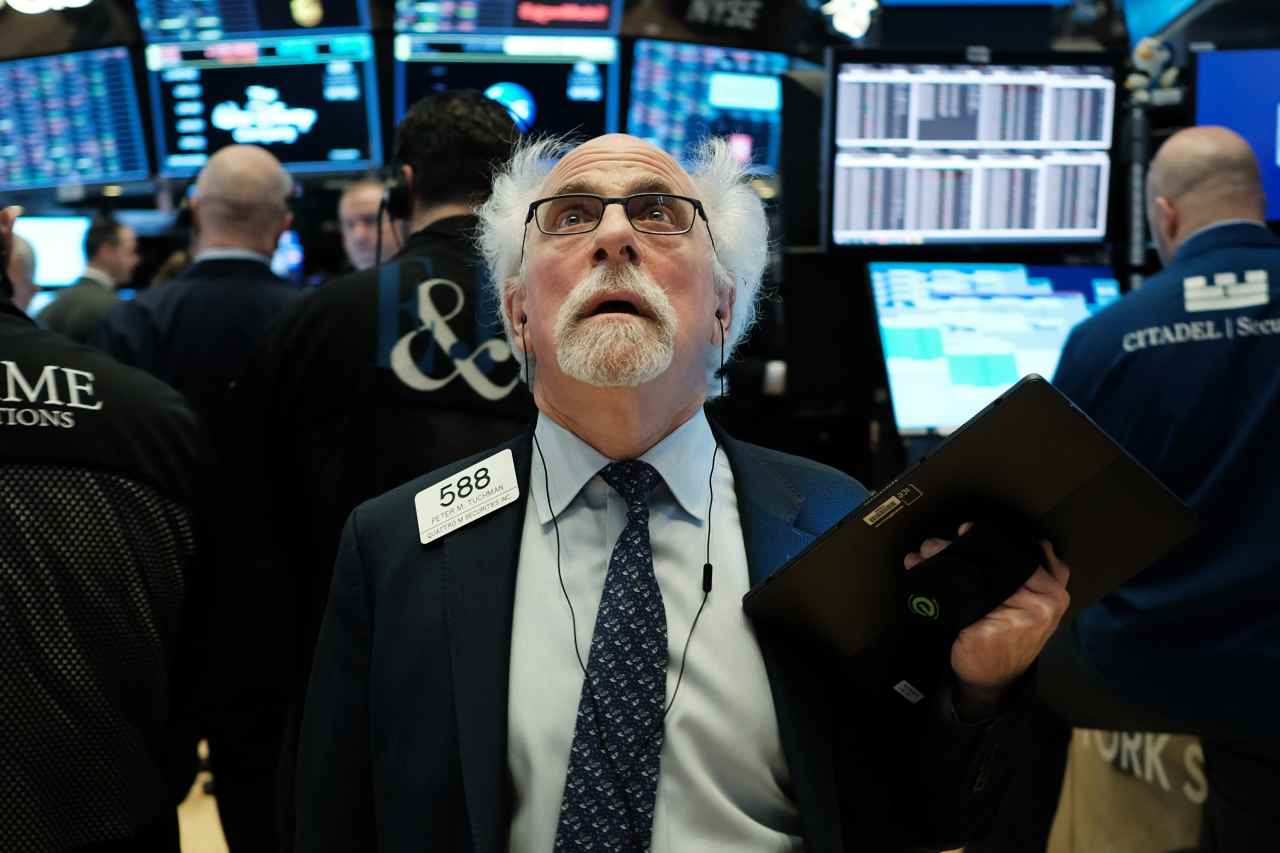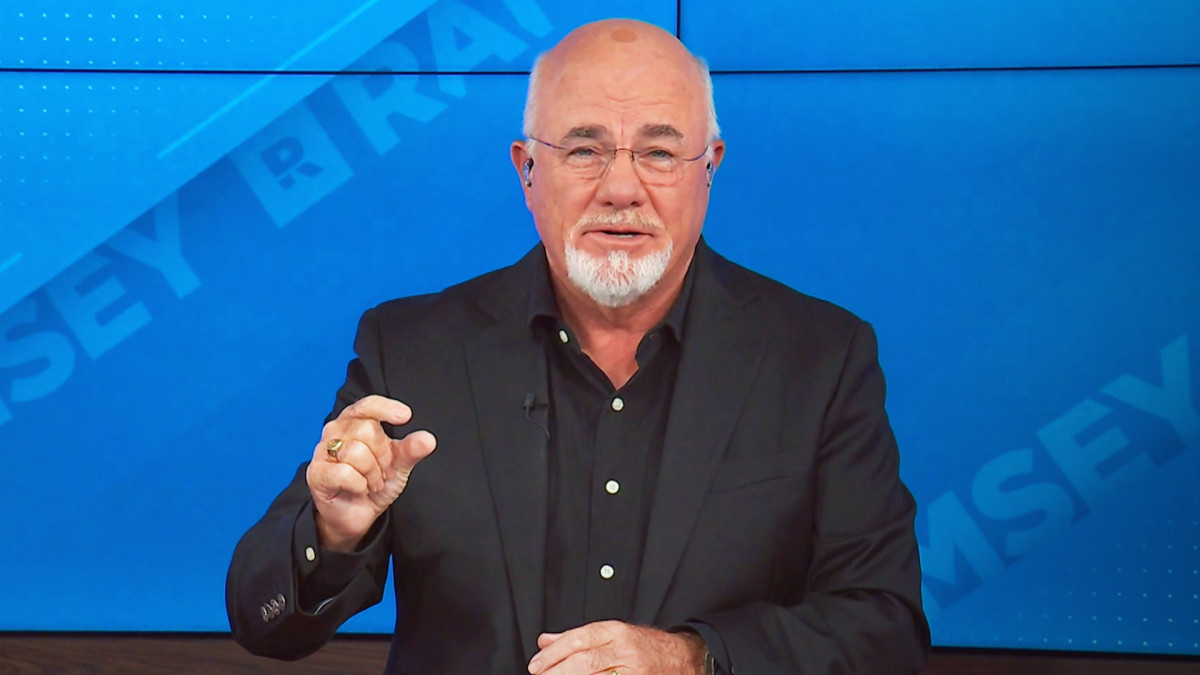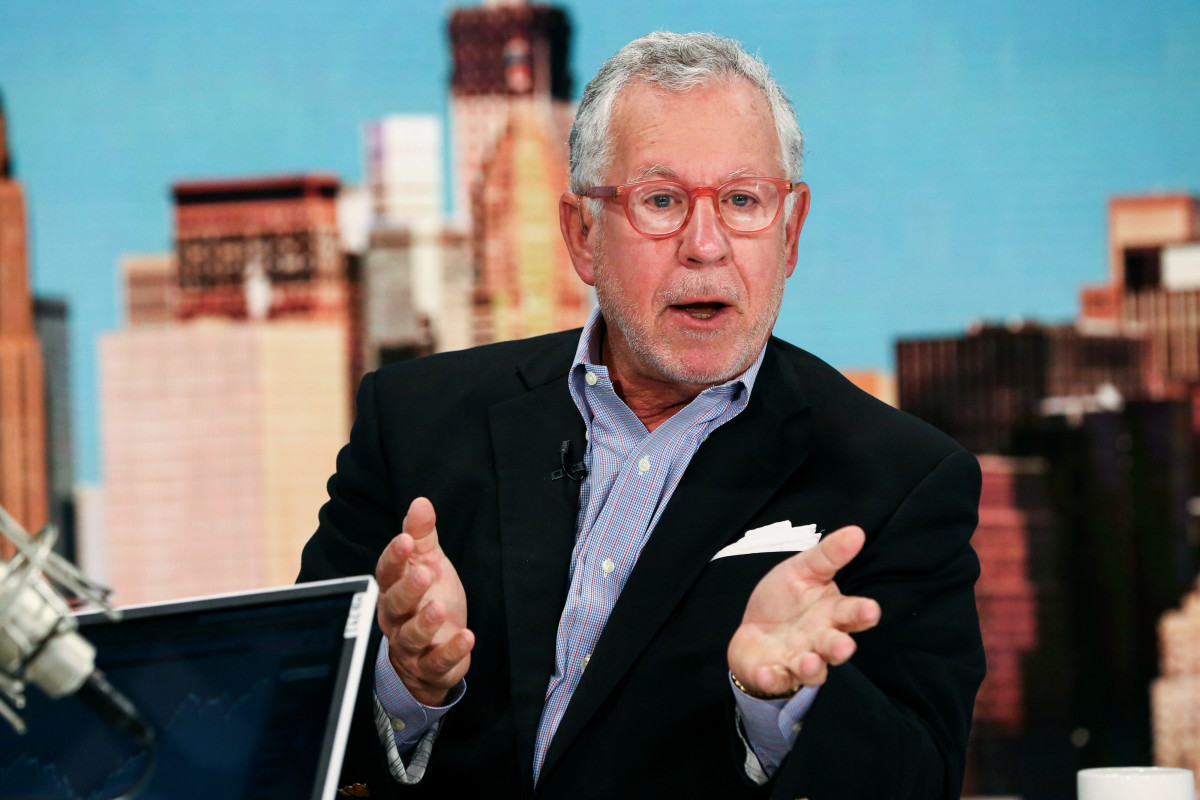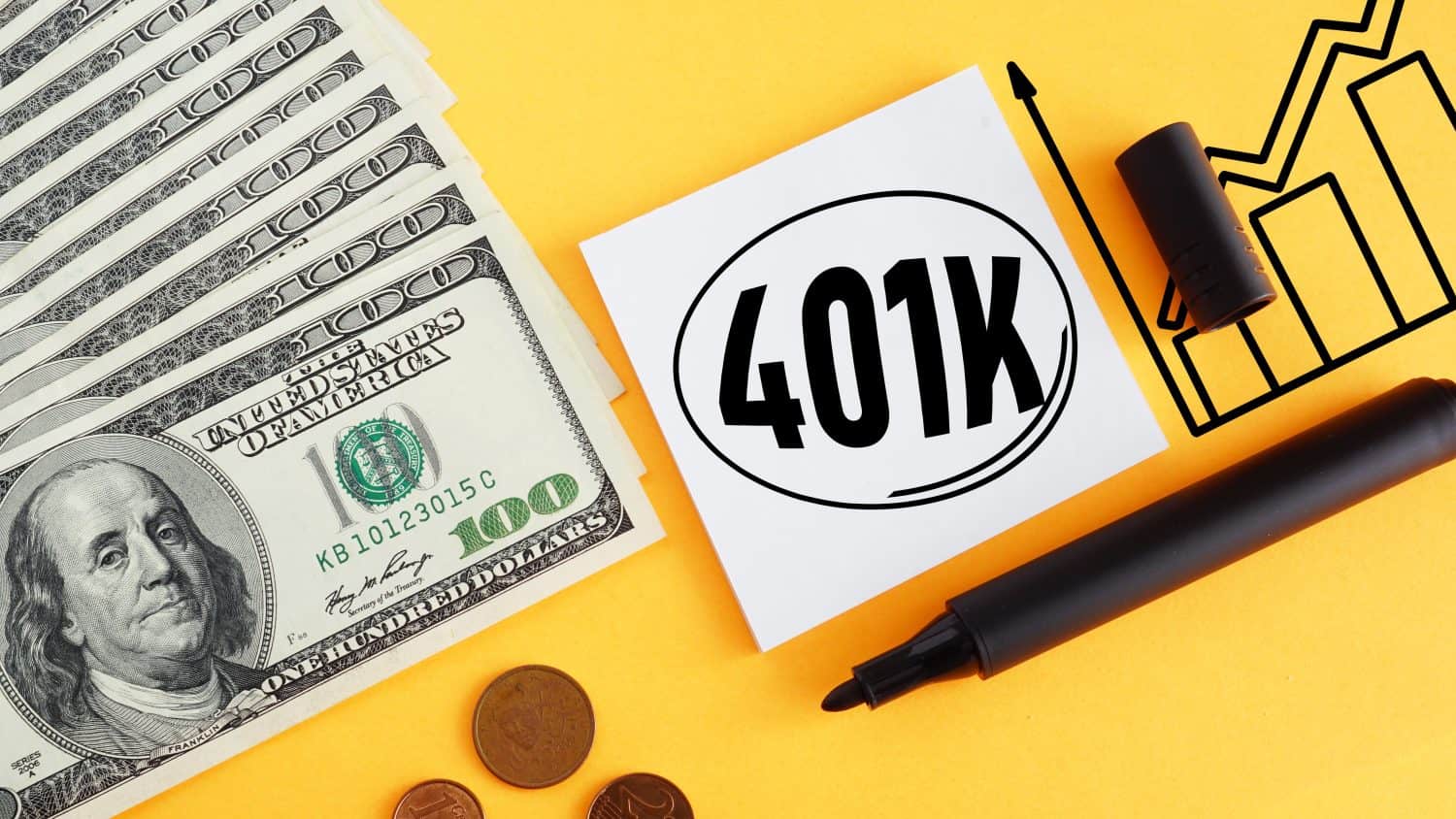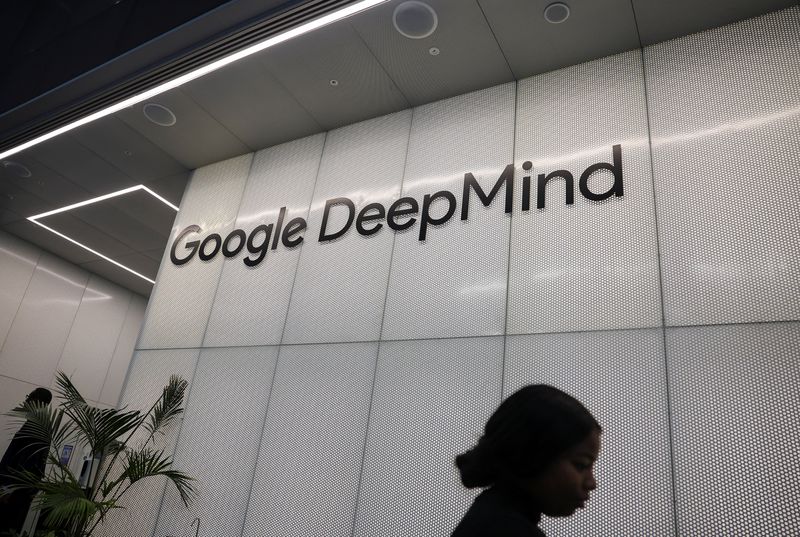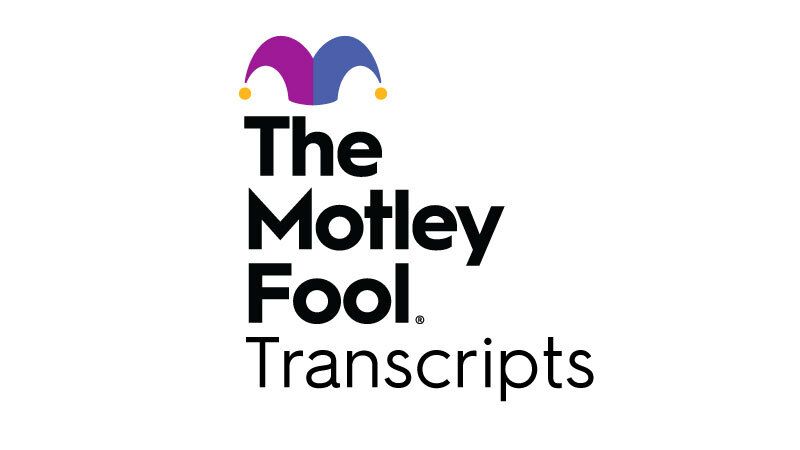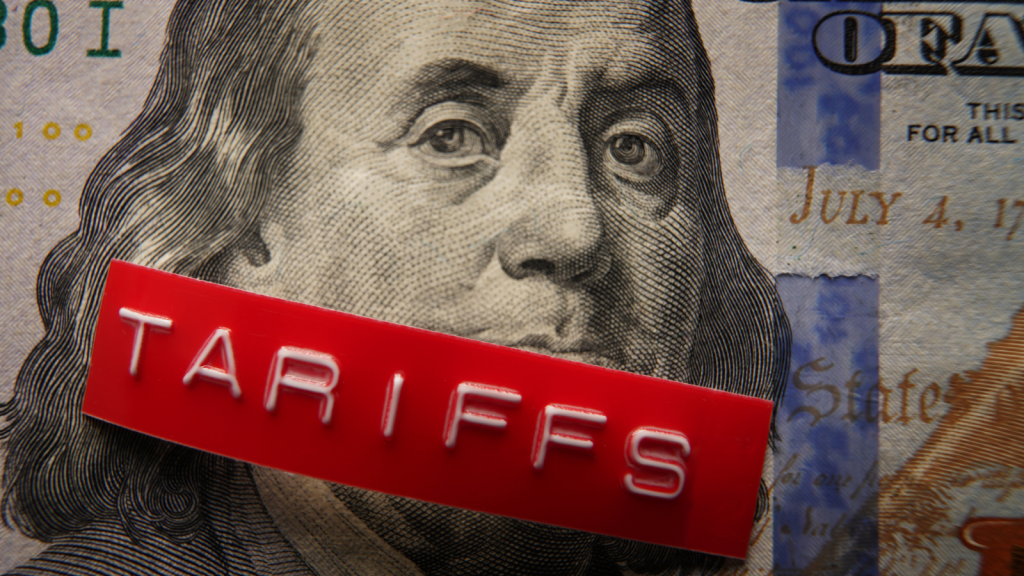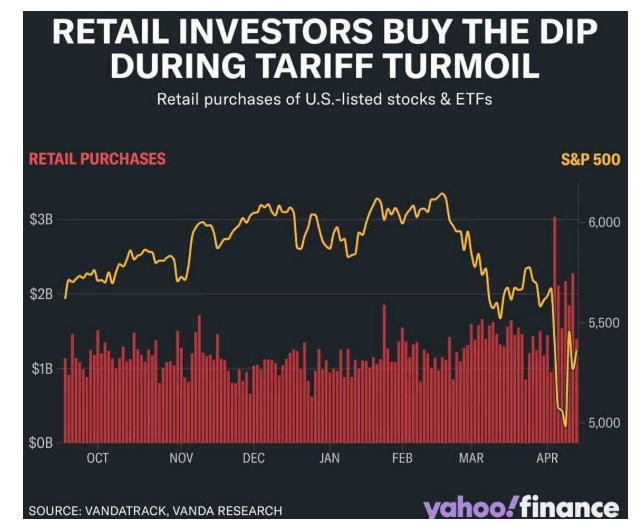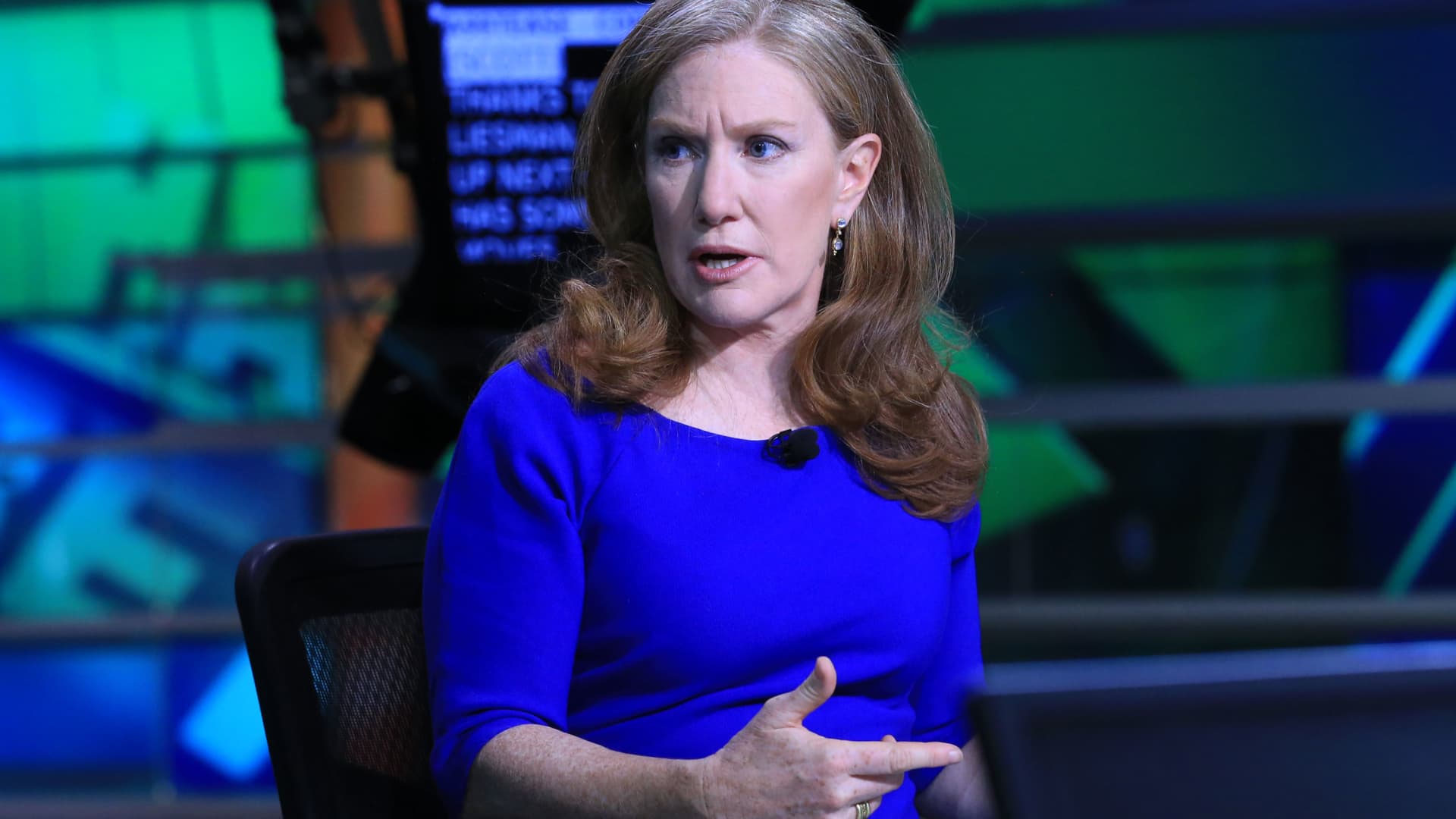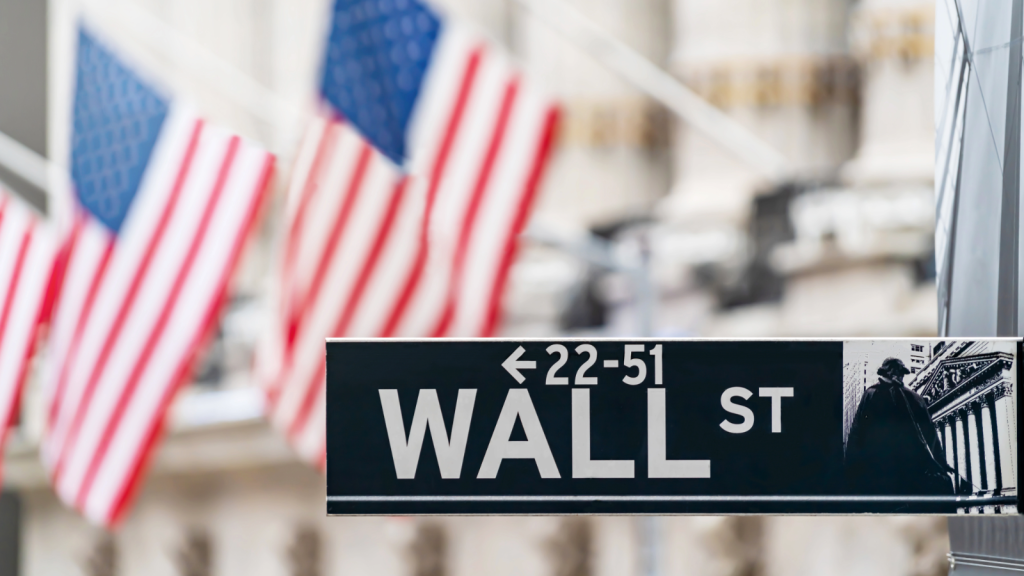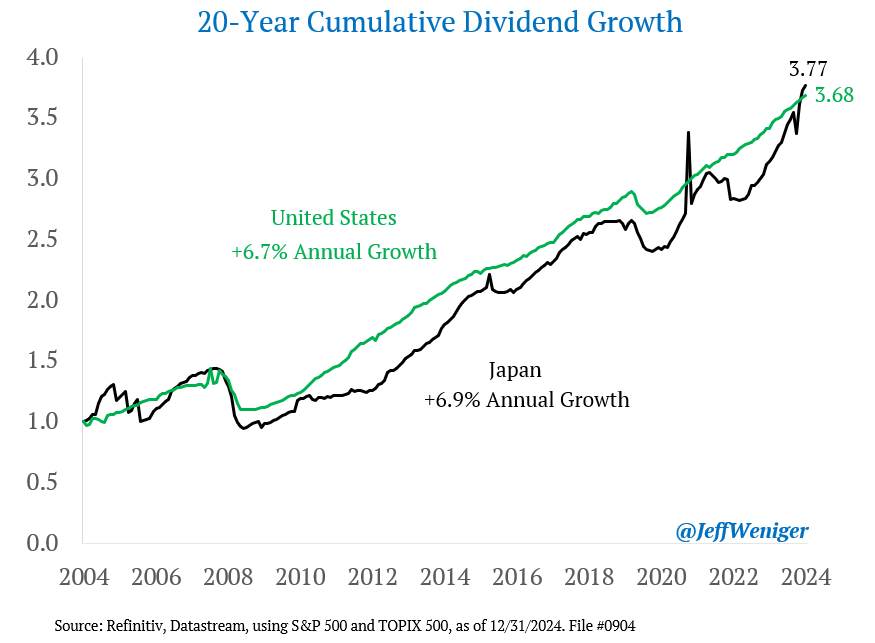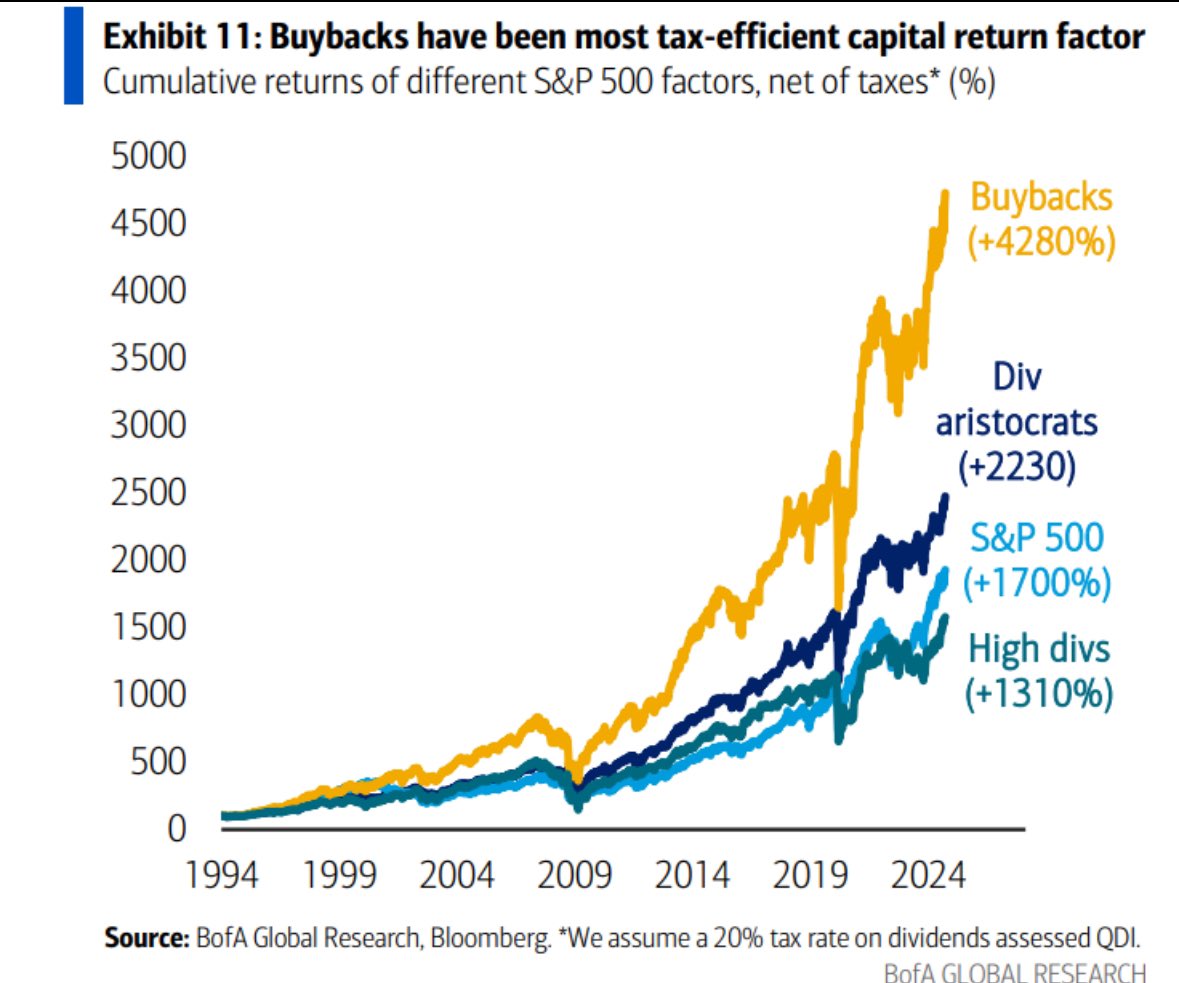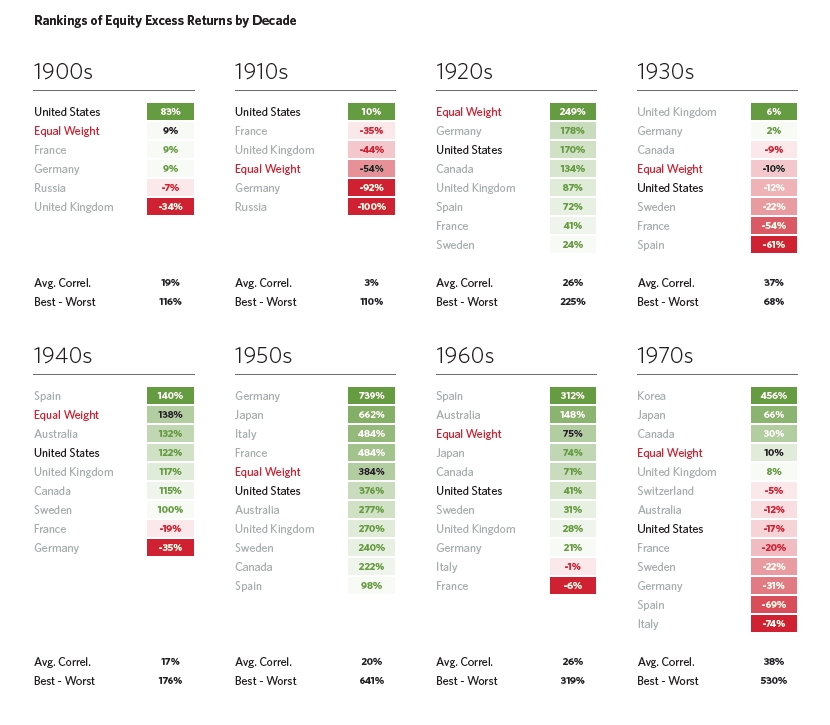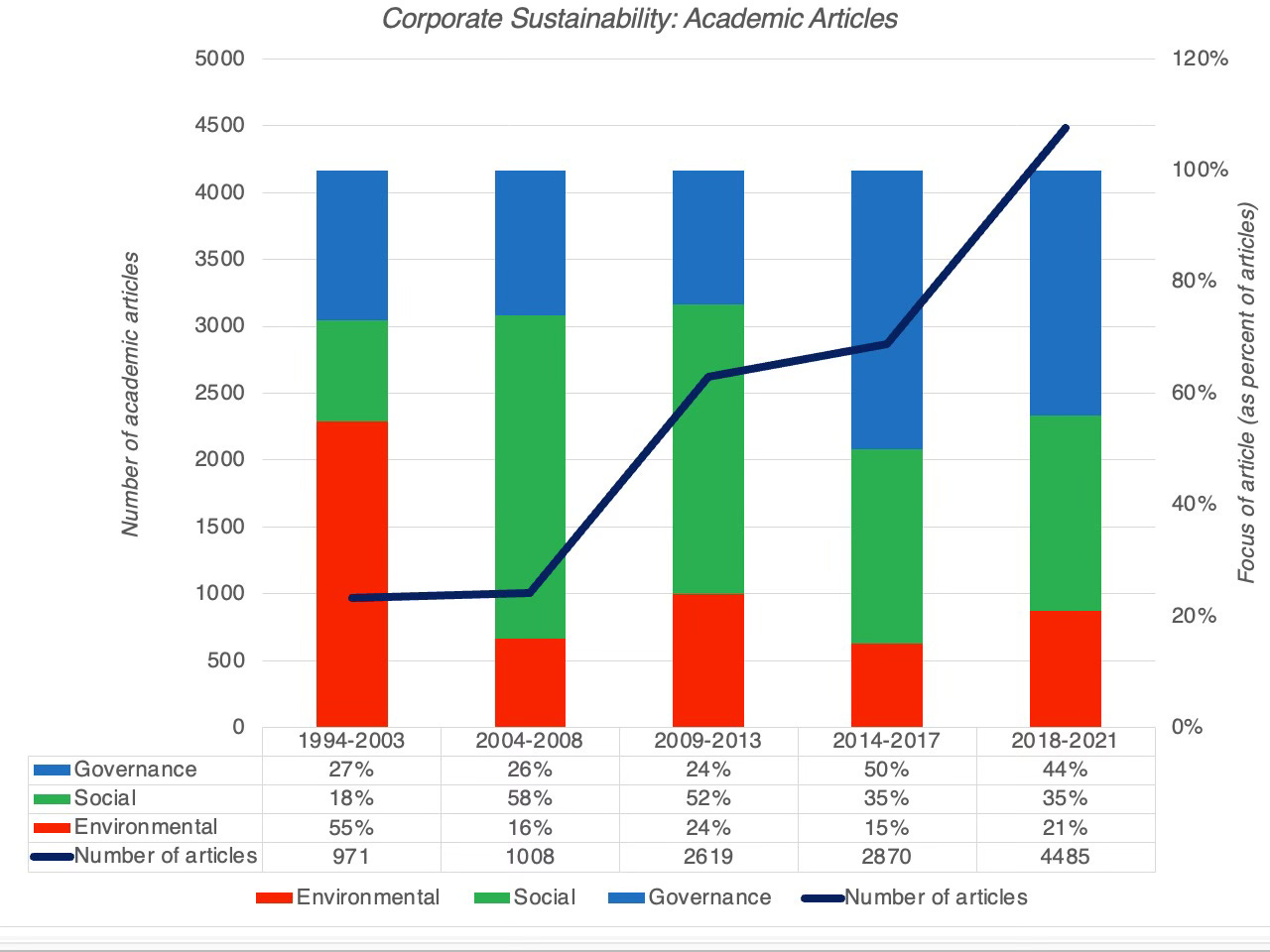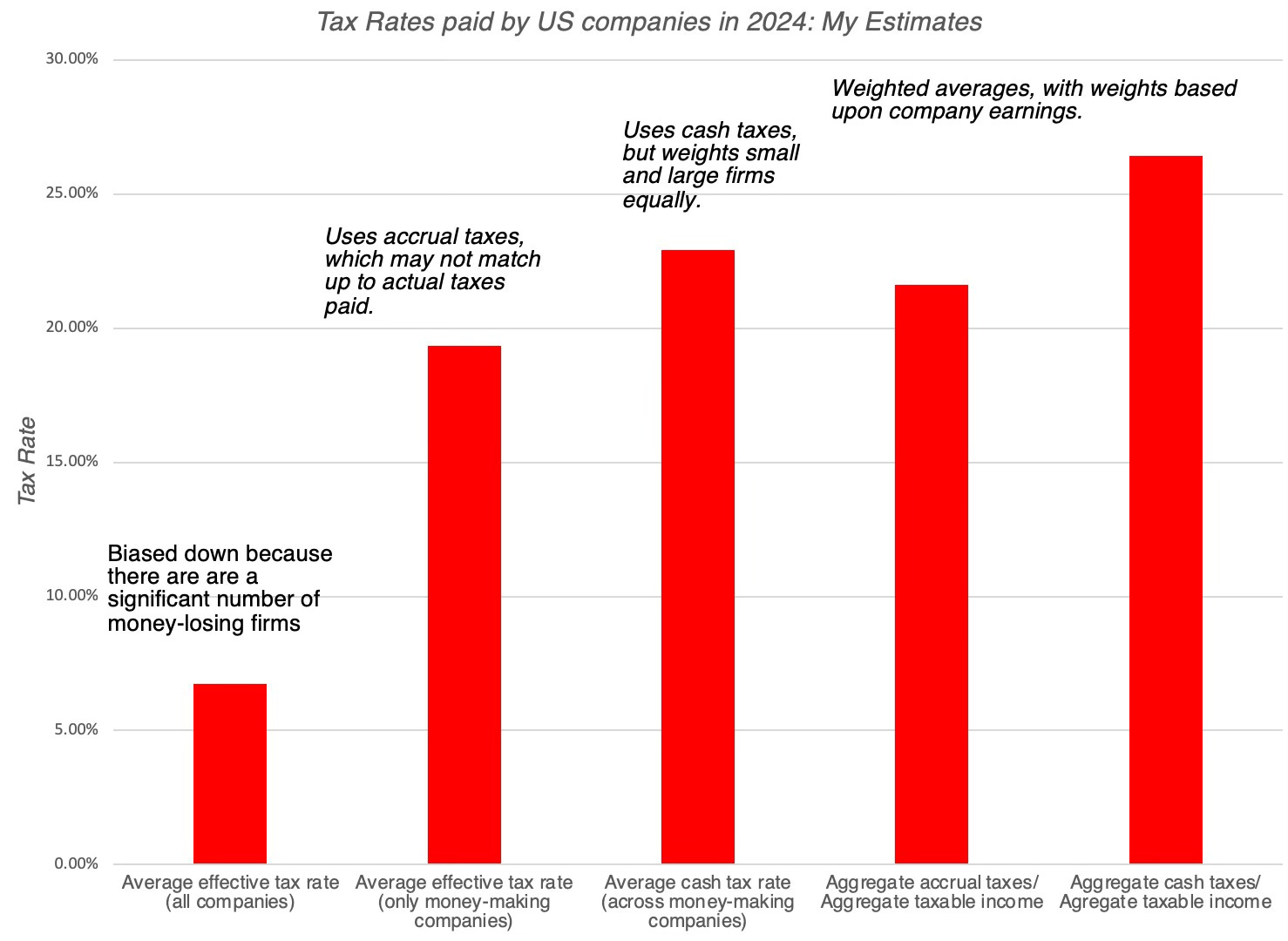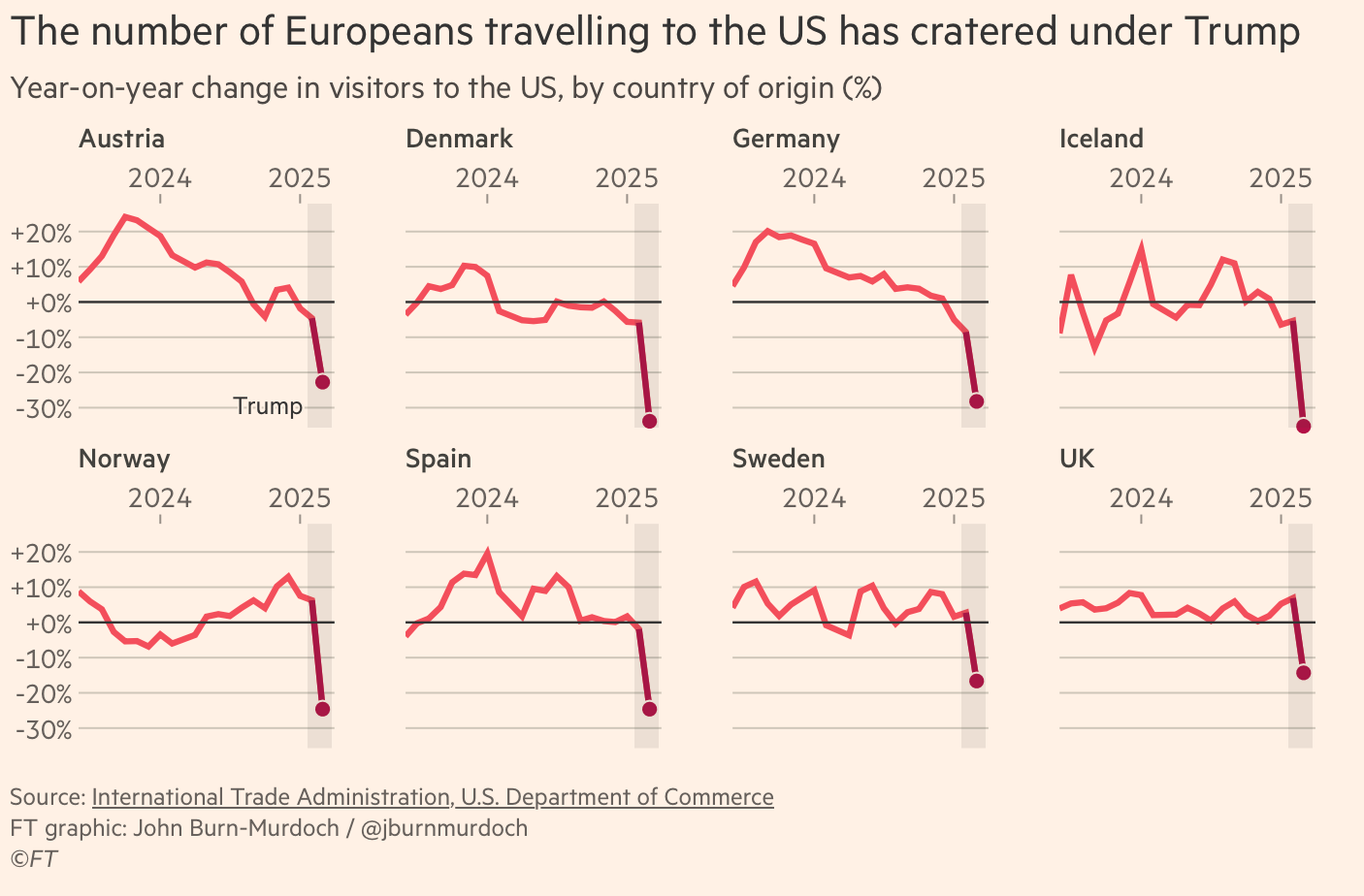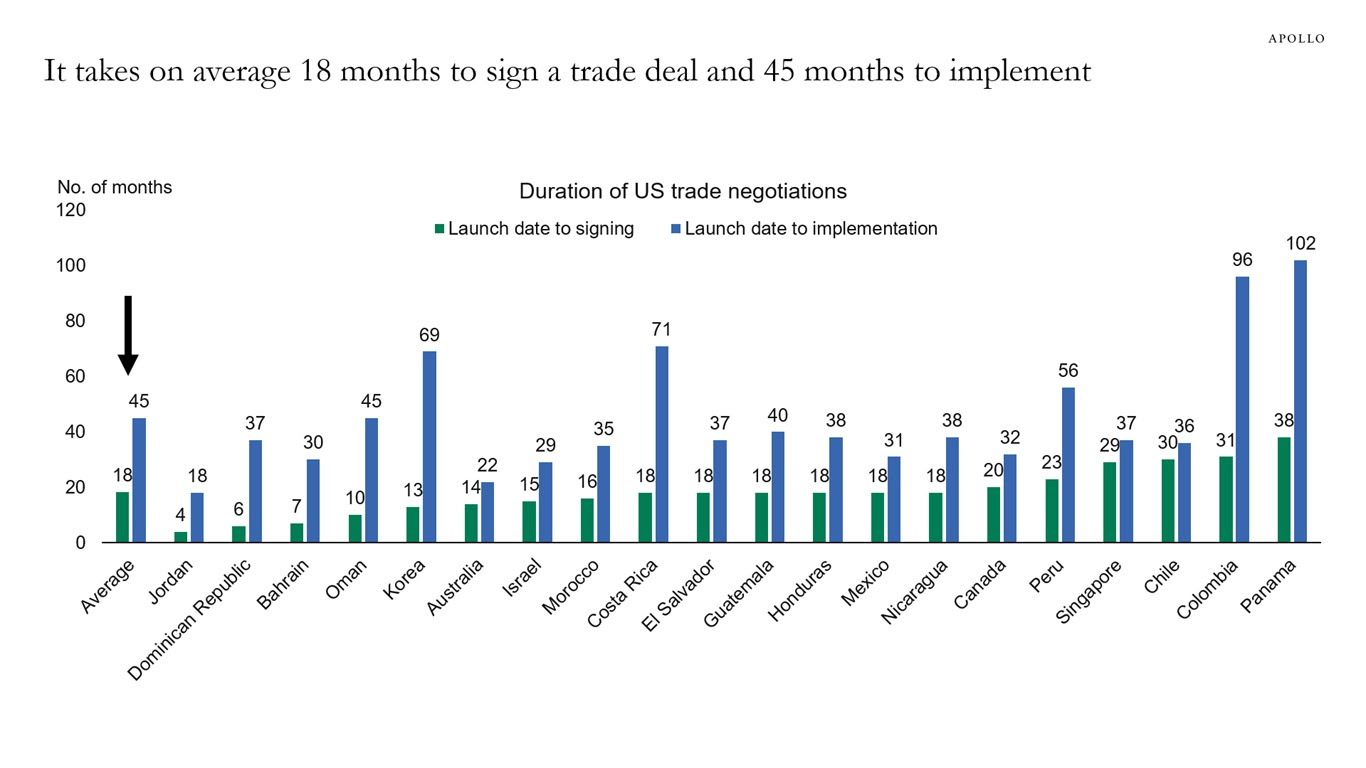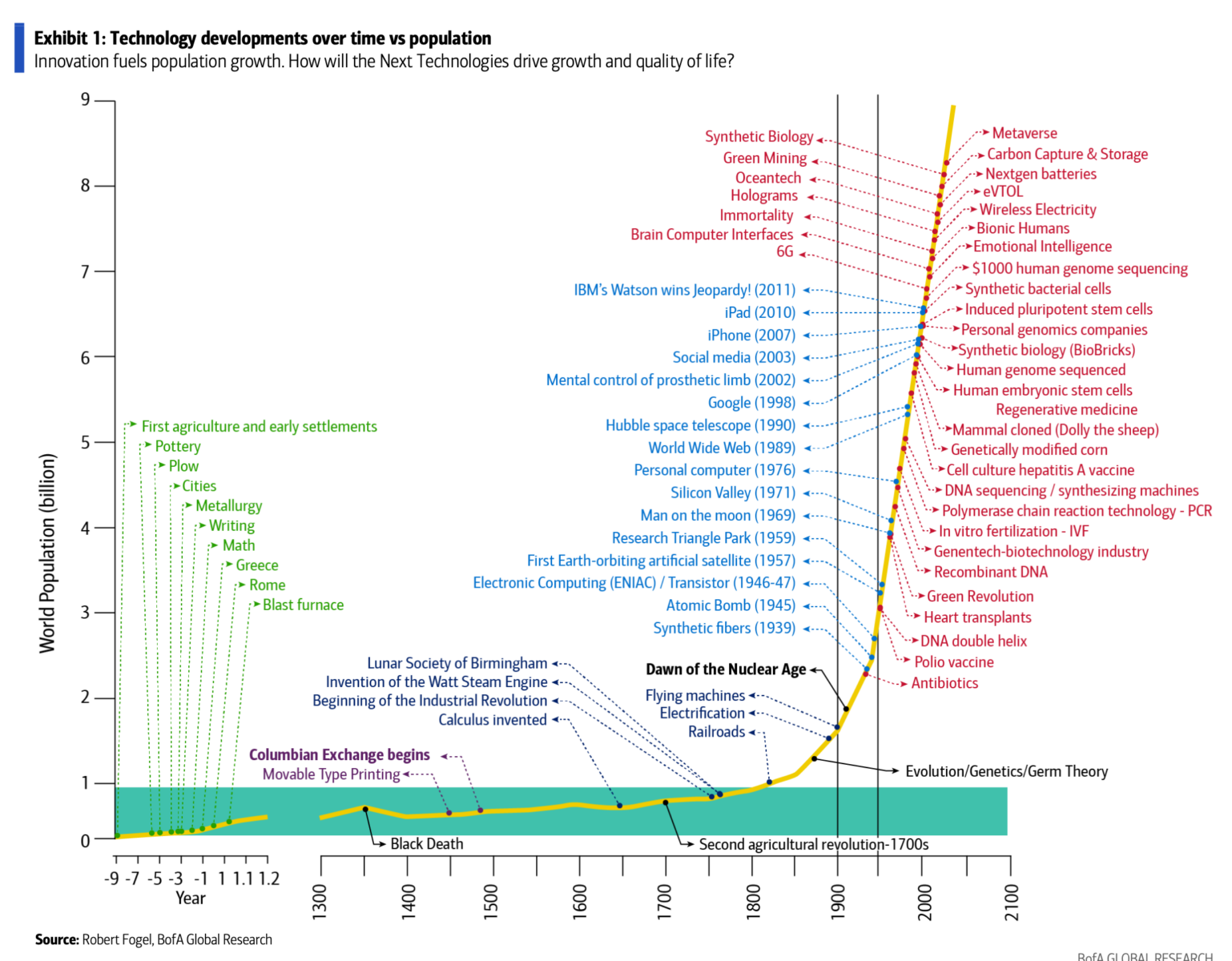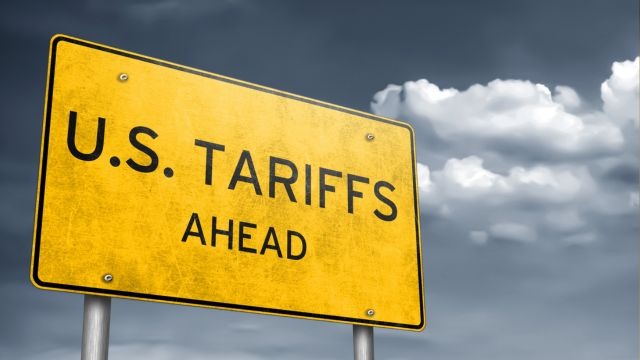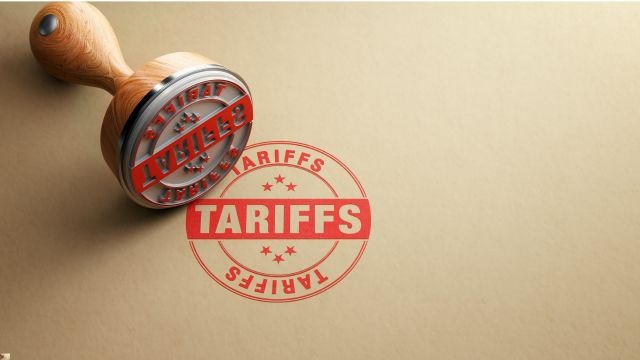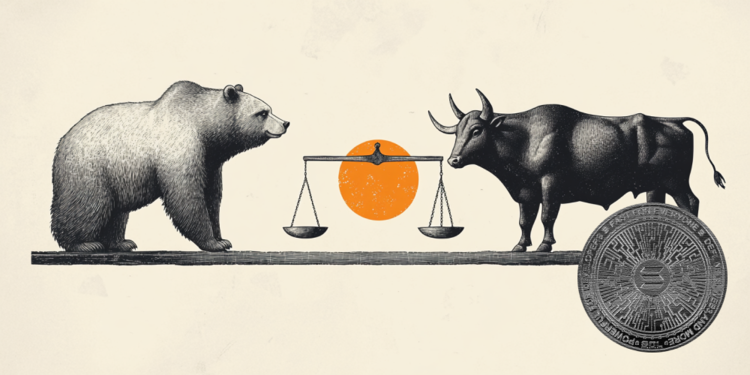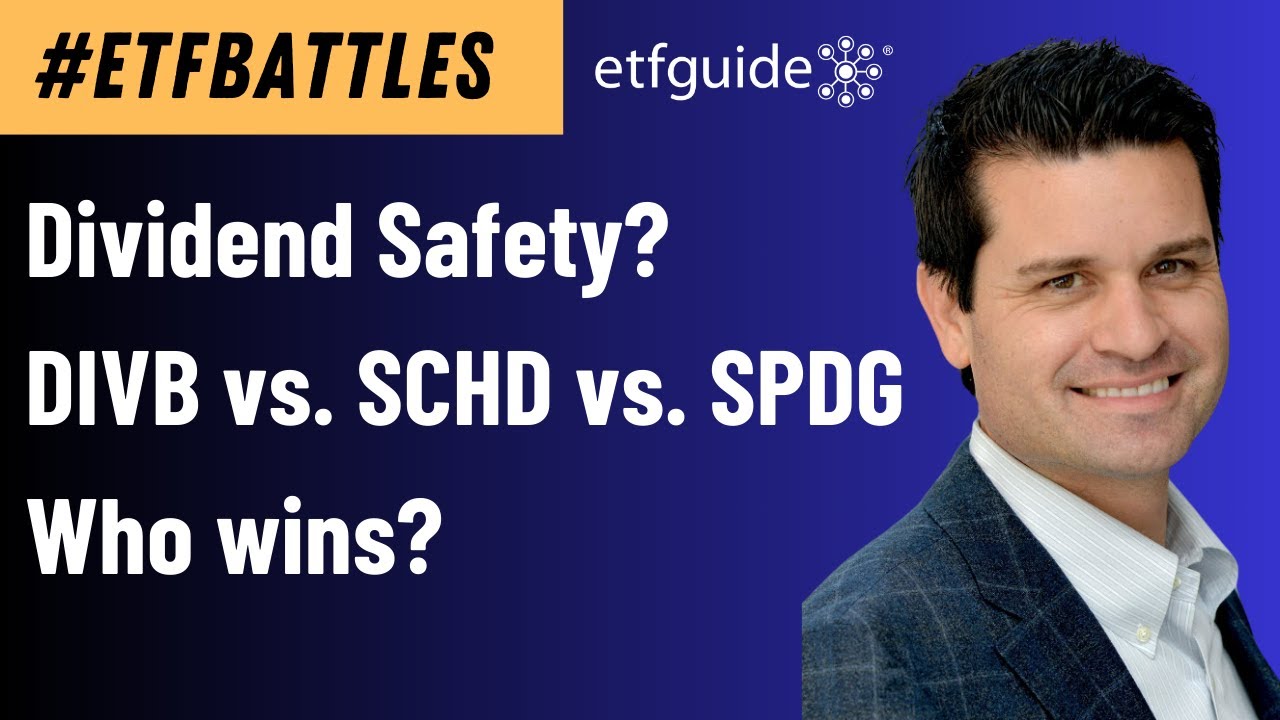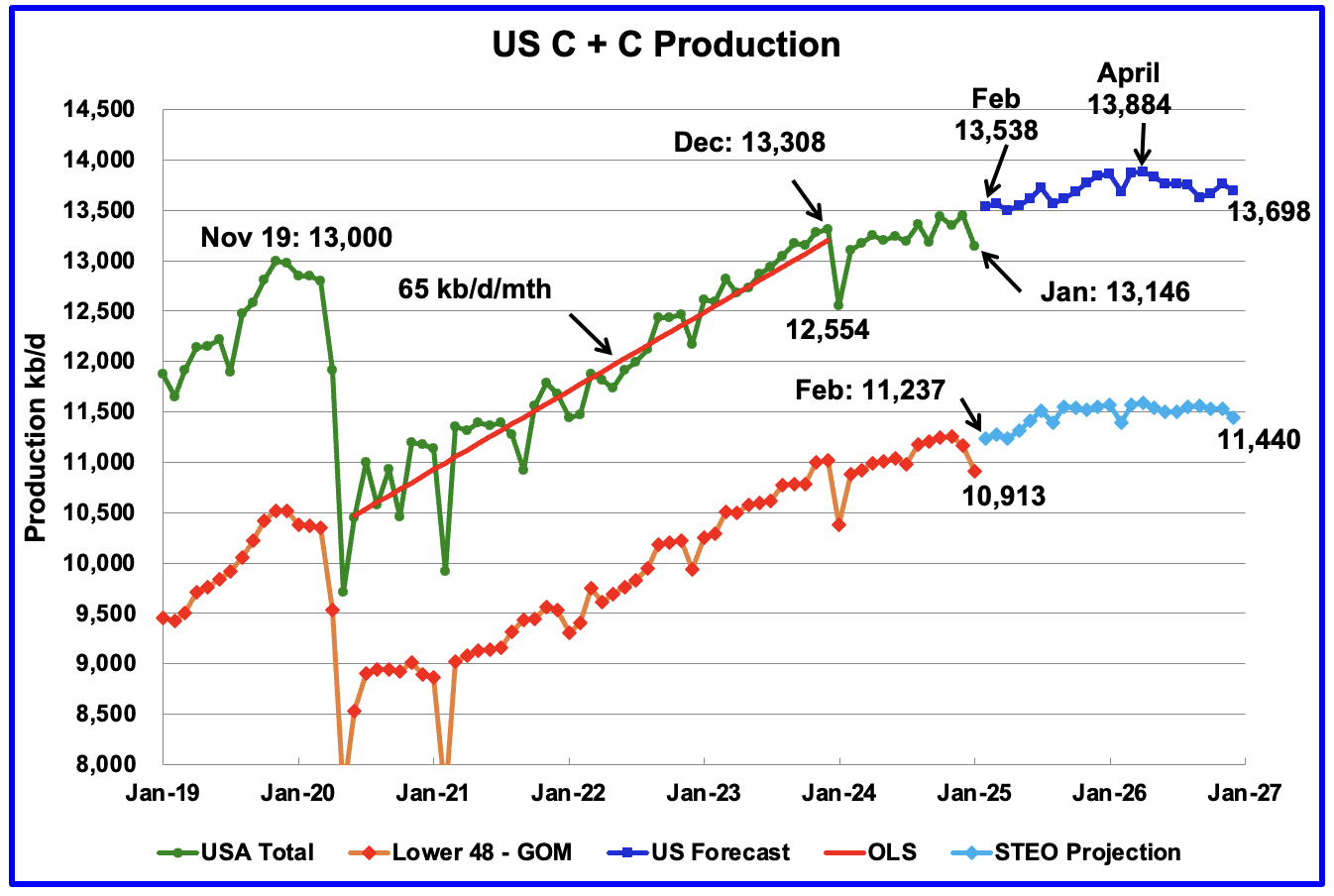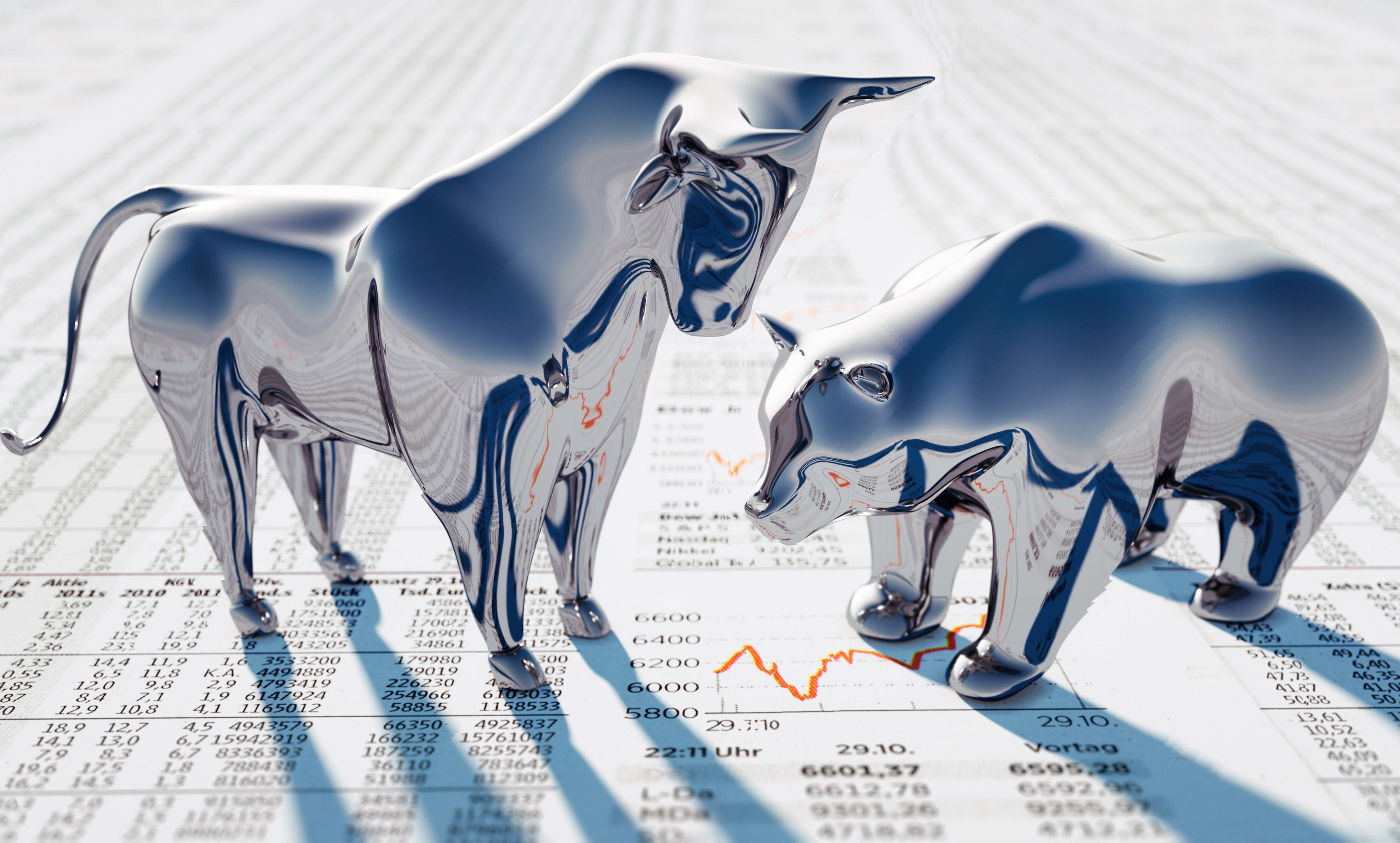Nvidia Is Nearly Cheaper Than the S&P 500 Using This 1 Important Metric. Is It Time to Buy?
Nvidia (NASDAQ: NVDA) has been notorious for being a high-growth, highly valued stock since its run began in early 2023. However, that's no longer the case using this one common and important evaluation metric. Now, it's nearly the same price as the S&P 500 (SNPINDEX: ^GSPC), which is an odd thing to say considering how much growth Nvidia is expected to put up over the next few years.However, this metric has one important consideration, and it could be giving investors false hope.The valuation metric that I most like to use -- and the one that's relevant in this discussion -- is the forward price-to-earnings (P/E) ratio. By definition, forward earnings haven't been achieved yet; they're just projections. As a result, they are inherently flawed because these predictions rarely come true. Furthermore, because the forward P/E ratio uses multiple analyst projections to come up with an average value, not every one of them can be right. But the average of all of them gives investors an idea of where the company's earnings could be heading, which is important considering how the market works.Continue reading

Nvidia (NASDAQ: NVDA) has been notorious for being a high-growth, highly valued stock since its run began in early 2023. However, that's no longer the case using this one common and important evaluation metric. Now, it's nearly the same price as the S&P 500 (SNPINDEX: ^GSPC), which is an odd thing to say considering how much growth Nvidia is expected to put up over the next few years.
However, this metric has one important consideration, and it could be giving investors false hope.
The valuation metric that I most like to use -- and the one that's relevant in this discussion -- is the forward price-to-earnings (P/E) ratio. By definition, forward earnings haven't been achieved yet; they're just projections. As a result, they are inherently flawed because these predictions rarely come true. Furthermore, because the forward P/E ratio uses multiple analyst projections to come up with an average value, not every one of them can be right. But the average of all of them gives investors an idea of where the company's earnings could be heading, which is important considering how the market works.

















